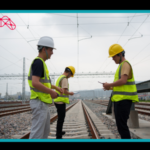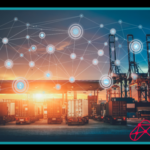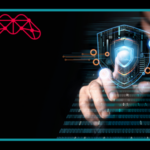Sensor technology can be transformative in many industries. Over the years in the UK, railways have been a rocky issue with privatization problems, digital transformation, and various bureaucratic obstacles. However, our need for reliable and effective railways remained unchanged. It is one of the fundamental elements of keeping the country connected and one of the most sustainable travel options.
For example, it has been deduced that using rail reduces carbon emissions by over 76% compared to using lorries. Opting for railways in logistics improves air quality and delivers economic benefits across the country.
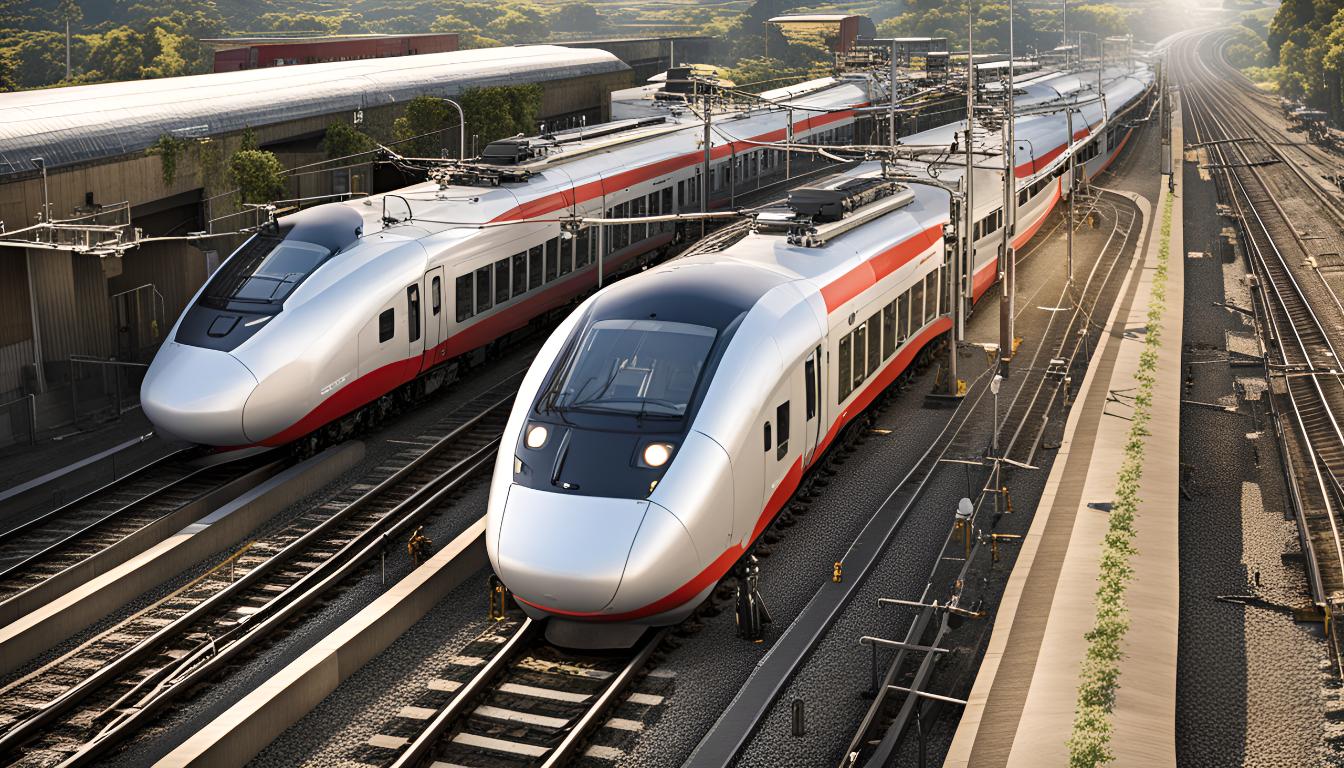
As a newly arising startup, in Madevo, we have been extremely interested in the railway industry and how we can improve the operations in the infrastructure. In our research, we have found out that our AI assistant can be a great asset in itself for railway companies. So, we want to dig deeper into the issue and understand better what exactly is lacking in the rail industry in Britain and what we can do to help.
When we look at the larger picture for the industry, we detect some main problems.
1. Fragmented Franchising Model:
- High prices: The fragmented franchising model has led to higher prices for passengers.
- Inefficient operations: The lack of a unified approach has hindered efficient operations and service coordination.
2. Ageing Rolling Stock:
- Reliability issues: Older trains are prone to breakdowns and maintenance problems.
- Environmental concerns: Outdated rolling stock often has lower energy efficiency and contributes to emissions.
3. Insufficient Investment:
- Underfunded infrastructure: The rail network lacks adequate investment in maintenance, upgrades, and expansion.
- Outdated technology: Limited investment in modern technology has hampered efficiency and reliability.
4. Industrial Actions:
- Service disruptions: Strikes and other industrial actions frequently disrupt train services, causing inconvenience to passengers.
- Negative impact on the industry: Industrial unrest can damage the reputation of the rail industry and deter investment.
So, what can we do? As a rising start-up, we are keen to focus on new technologies to improve railway operations. On this aspect, we have focused on improving maintenance for the overall health of infrastructure. Before fixing anything, we must ensure our trains and railroads are safe and sustainable for railway employees and passengers.
In this regard, we are offering to implement our sensor technology on railways.
Let’s check what kind of sensors are present or can be present in railway infrastructure.
Track and Infrastructure Monitoring with Sensors
- Accelerometers: Measure vibrations and shocks, helping to detect track defects, derailments, and structural issues.
- Strain gauges: Measure the strain in rails and other structures to assess load distribution and detect potential failures.
- Ultrasonic sensors: Used for non-destructive testing of rails, detecting cracks, corrosion, and other defects.
- Fiber optic sensors: Offer high sensitivity and precision for monitoring strain, temperature, and vibrations in rails and bridges.
- Temperature sensors: Monitor temperature variations in rails and ballast to assess thermal stress and prevent buckling.
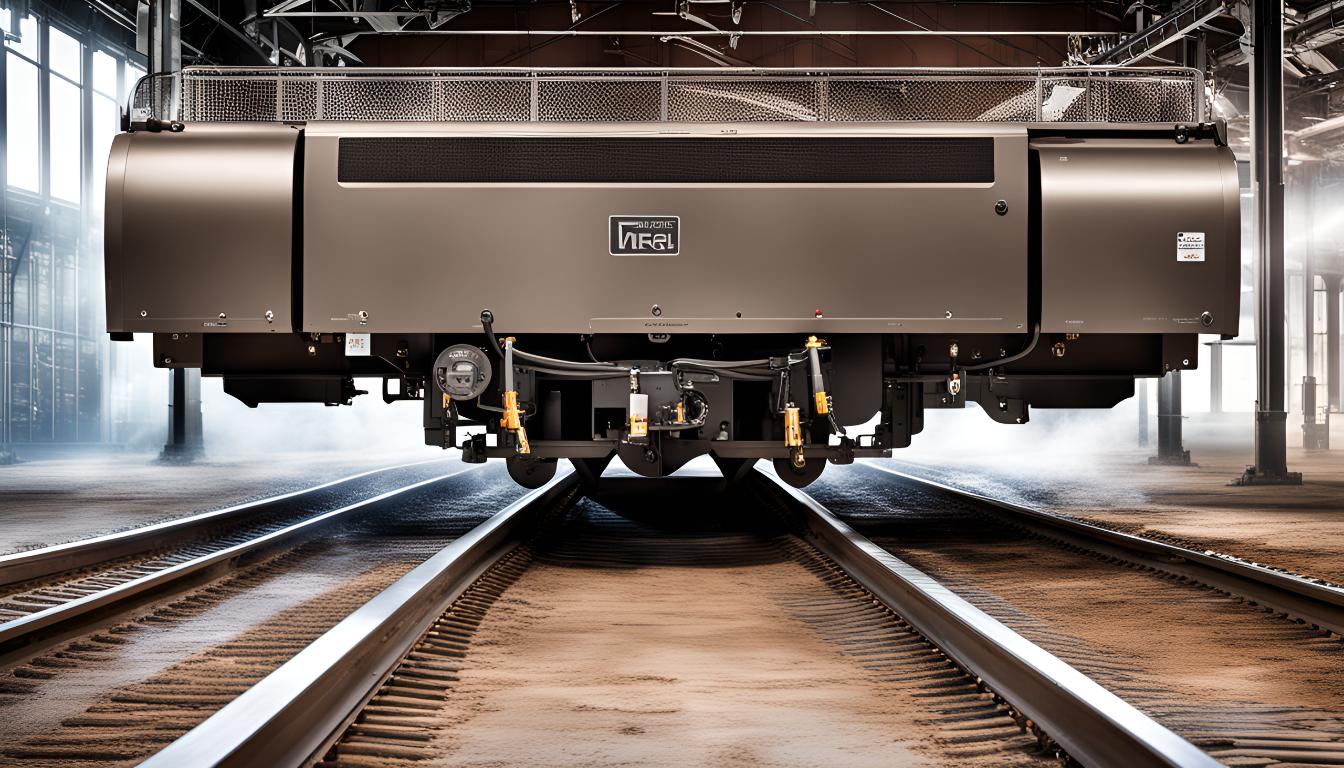
Train Monitoring
- Wheelset sensors: Monitor wheelset parameters such as speed, acceleration, and temperature to detect anomalies and prevent failures.
- Bogie sensors: Monitor the condition of bogies, including wheelset alignment, bearing health, and suspension system performance.
- Brake system sensors: Monitor brake pressure, temperature, and wear to ensure safe and efficient braking.
- Door sensors: Ensure doors are properly closed and locked before a train departs.
- Smoke detectors: Detect smoke and fire in passenger cars and locomotives.
Environmental Monitoring
- Weather sensors: Measure temperature, humidity, precipitation, and wind speed to assess weather conditions and their impact on railway operations.
- Air quality sensors: Monitor air quality levels to ensure passenger safety and compliance with environmental regulations.
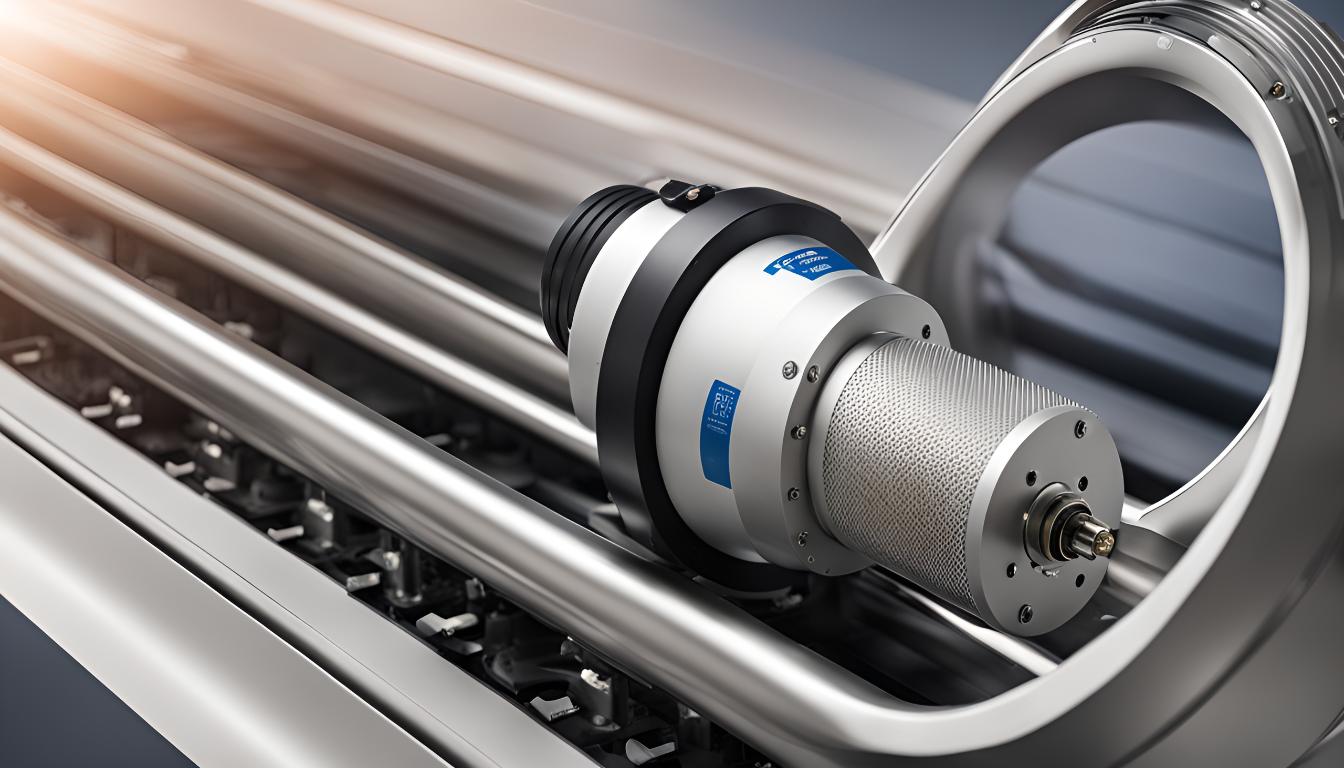
All of these sensors generate contact data and this data could be gathered in one base, Madevo. Then our algorithm will analyze and give insights into the state of the infrastructure.
Madevo can analyze sensor data to identify areas where infrastructure improvements can be made. For example, by analyzing strain gauge data, Madevo can identify sections of the track that are experiencing excessive stress and recommend reinforcement measures.
Madevo can also use sensor data to improve safety by:
- Detecting and preventing derailments
- Identifying potential hazards such as track defects or obstructions
- Monitoring train speeds and braking systems to ensure compliance with safety regulations
Apart from improving safety in the infrastructure area, our AI assistant can free time for employees, help with onboarding, and training, and ease the work of railway staff in general. We believe this could be really important in improving relationships inside the workforce and potentially reducing strikes or general dissatisfaction.
We’re eager to partner with more railways to drive innovation and improve operations. Let’s connect to discuss how Madevo can help your organization.
We are growing our LinkedIn page. Let’s meet on LinkedIn or YouTube and grow together.

